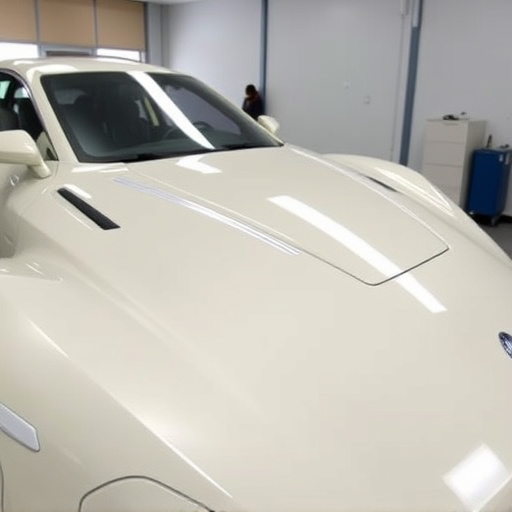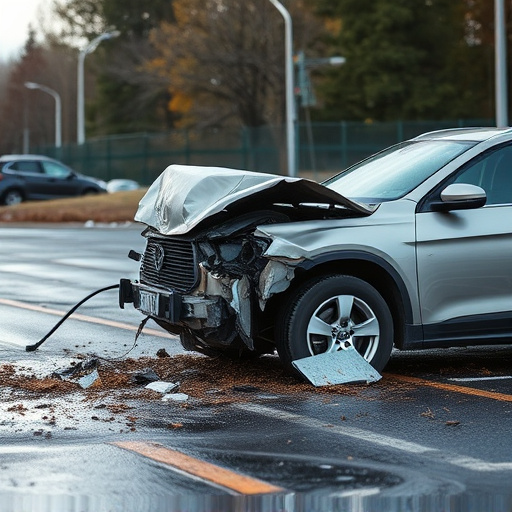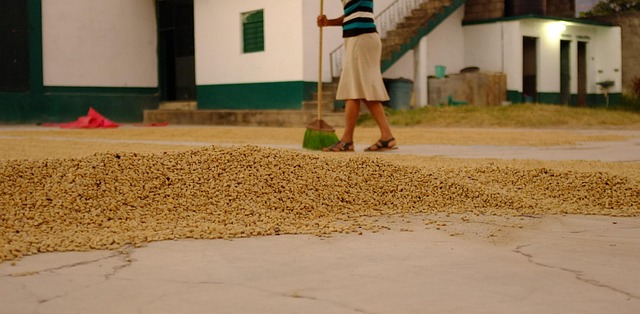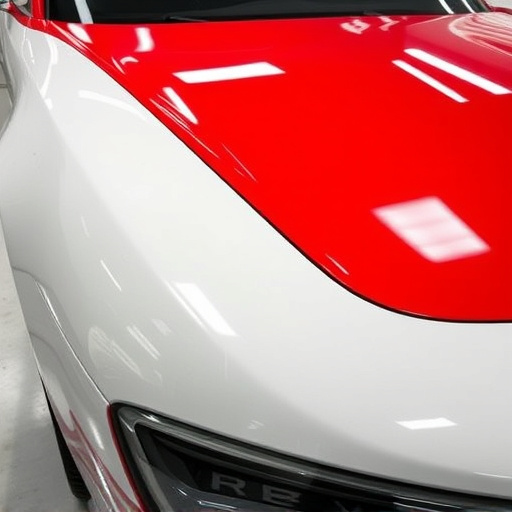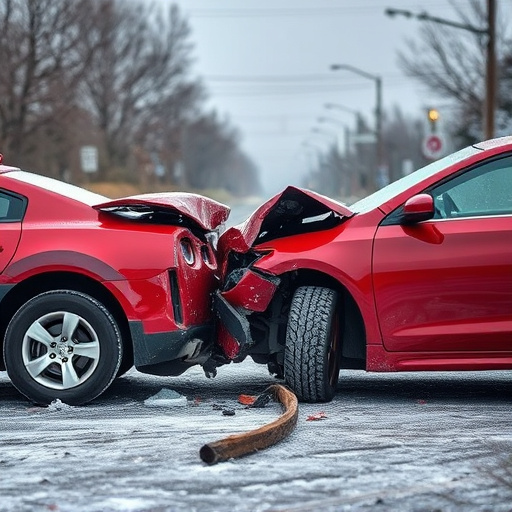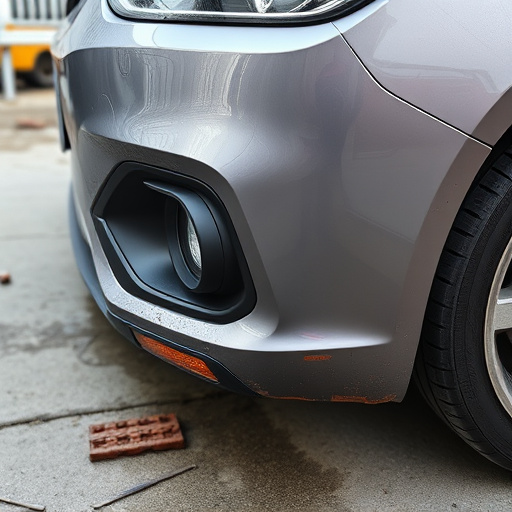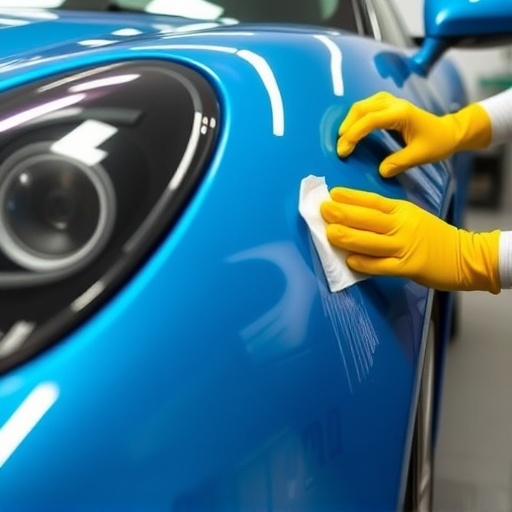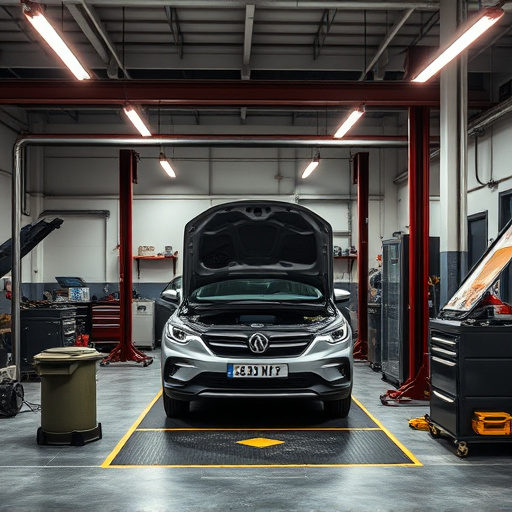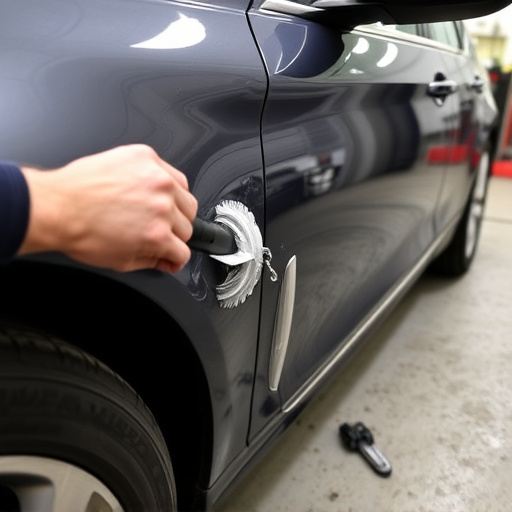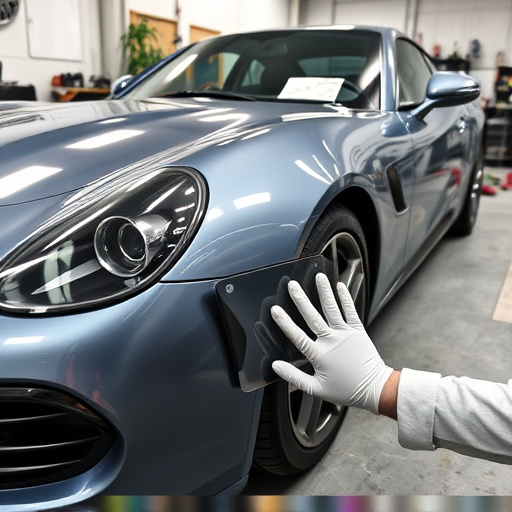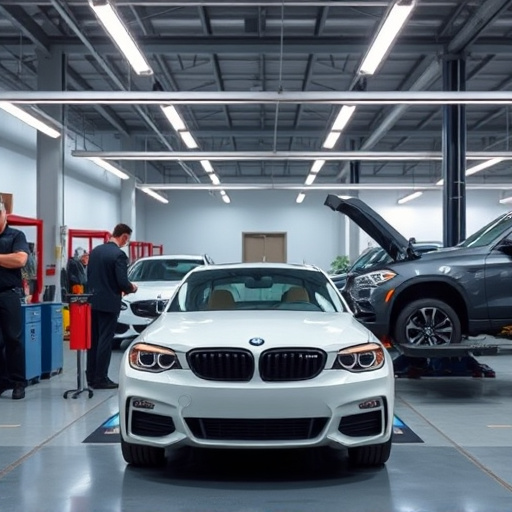Structural adhesive systems revolutionize corrosion resistance in industries like automotive and marine by creating strong bonds between materials, preventing water penetration, and enhancing durability. Replacing traditional methods like riveting and welding, these advanced adhesives streamline production, reduce weight, improve safety, and boost fuel efficiency, making them a powerful solution for complex geometric designs while contributing to environmental sustainability. Case studies prove their effectiveness in achieving superior bond strength and prolonged rust prevention, such as with Mercedes-Benz repairs.
Structural adhesive systems play a pivotal role in enhancing corrosion resistance, especially in demanding industrial environments. This article explores how these advanced bonding solutions offer a durable and protective barrier against corrosive elements. We’ll delve into their key components, benefits, and real-world applications, showcasing their effectiveness in mitigating corrosion. By understanding the critical role of structural adhesives, professionals can make informed decisions to strengthen structures against this persistent challenge.
- Understanding Structural Adhesive Systems and Their Role in Corrosion Resistance
- Key Components and Benefits of Implementing These Adhesive Solutions
- Real-World Applications and Case Studies Demonstrating Effective Corrosion Mitigation
Understanding Structural Adhesive Systems and Their Role in Corrosion Resistance
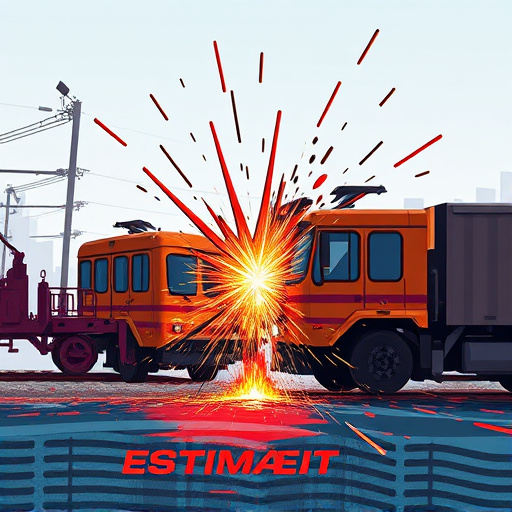
Structural adhesive systems play a pivotal role in enhancing corrosion resistance in various industries. These advanced bonding solutions are designed to create strong, durable bonds between different materials, which is essential in environments where rust and corrosion can be detrimental. By integrating structural adhesives into designs, manufacturers can ensure longevity and integrity of structures, components, and vehicles, such as those seen in car restoration and collision center settings.
In the context of auto dent repair, for instance, these adhesive systems offer precise bonding capabilities, allowing for seamless repairs that mimic the original material’s properties. This not only preserves aesthetics but also prevents water penetration, which is a primary cause of corrosion. The use of structural adhesives in such applications exemplifies how these technologies can contribute to both functionality and durability, ensuring vehicles not only look good as new but also stand strong against corrosive elements over time.
Key Components and Benefits of Implementing These Adhesive Solutions

Implementing structural adhesive systems offers a robust solution for enhancing corrosion resistance in various applications, including vehicle collision repair and Mercedes-Benz repairs. These advanced adhesives serve as a crucial component in modern manufacturing and auto collision repair processes. By strategically bonding different materials together, they create a seamless seal that prevents moisture intrusion, one of the primary causes of corrosion. This is particularly beneficial in harsh environmental conditions where metal surfaces are exposed to salt water, humidity, or industrial chemicals.
The key benefits lie in their ability to replace traditional joining methods like riveting or welding, which can be time-consuming and potentially weak points in a structure’s integrity. Structural adhesives provide superior bonding strength, ensuring long-lasting durability even under intense stress. They also allow for complex geometric designs and lightweight structures, contributing to improved vehicle safety and performance in auto collision repair scenarios. This innovative approach not only enhances the structural integrity of vehicles but also reduces overall weight, making them more fuel-efficient.
Real-World Applications and Case Studies Demonstrating Effective Corrosion Mitigation
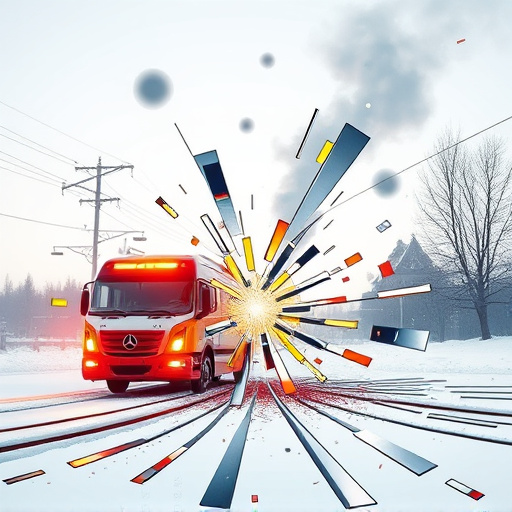
In real-world applications, structural adhesive systems have proven their mettle in various industries where corrosion resistance is paramount. These advanced bonding solutions are transforming how we address structural integrity issues, particularly in automotive and marine sectors. For instance, in auto frame repair and car restoration projects, structural adhesives replace traditional riveting or welding methods, offering not just enhanced corrosion protection but also improved weight reduction and design flexibility.
Case studies highlight successful implementations where these adhesive systems have mitigated corrosion effectively. In one notable example, a leading automotive manufacturer utilized a specialized structural adhesive for car damage repair, resulting in superior bond strength and prolonged resistance to rust formation compared to conventional repair methods. This shift towards adhesives has not only streamlined production processes but also contributed to the overall durability and environmental friendliness of modern vehicles.
Structural adhesive systems play a pivotal role in enhancing corrosion resistance, offering a robust solution for various industrial applications. By understanding their key components and benefits, professionals can effectively mitigate corrosion risks in critical infrastructure and components. Real-world case studies demonstrate the superior performance of these adhesives, solidifying their position as game-changers in corrosion prevention strategies.
